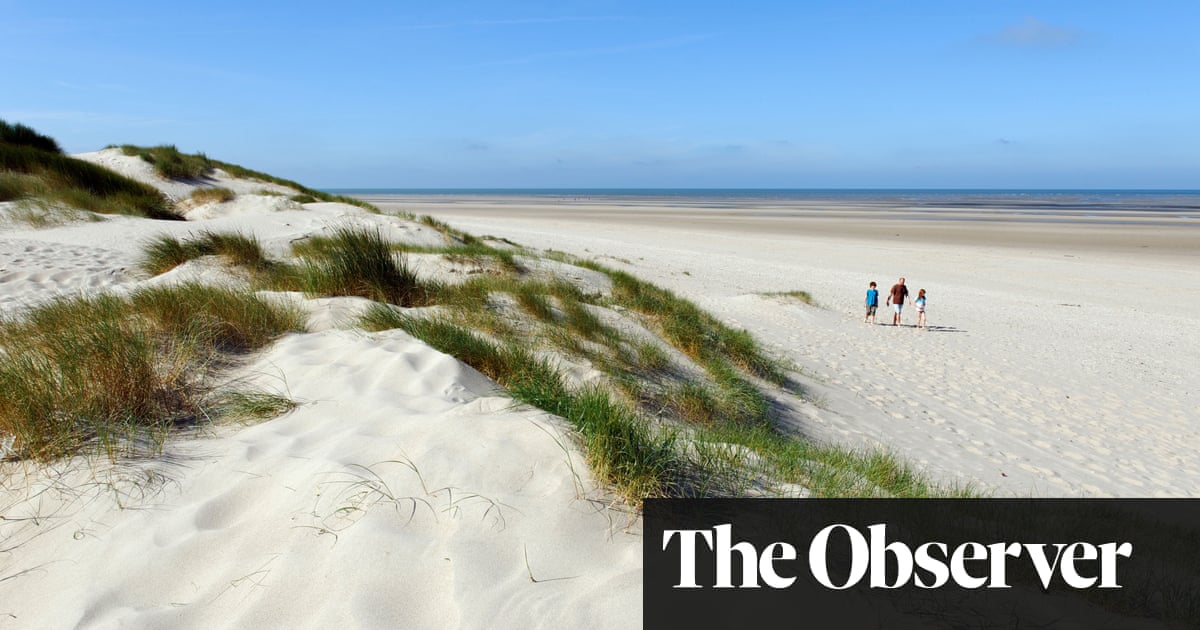Iwas sold on Le Touquet even before we reached the beach, a vast sweep of golden sand and grey green sea. There’s something about the way the town was created that appeals, an eccentric idea that was based on nothing more than a desire for pleasure. (A bit like Las Vegas, but classier and French.) It was in 1837 when a wealthy Parisian lawyer decided to plant about 2,000 pines in the area for his hunting parties.
Around 50 years later, a linoleum magnate from Leeds bought the town, attracting the British gentry with a horse track, casinos and golf course.
At the centre of its hedonistic history is Hotel Barrière Le Westminster, a grand redbrick, art deco building 10 minutes from the beach. The photo gallery just outside the dining room says everything about its iconic status; Edith Piaf, Charles de Gaulle, Marlene Dietrich all stayed, along with Ian Fleming, who wroteCasino Royalehere. In 1962, Sean Connery signed his firstJames Bondfilm contract – the most luxurious suite is numbered 007 in tribute. The old-world glamour hasn’t dimmed; plush bedrooms twinkle with art deco touches, in the pale wood panelling and modernist paintings on the walls. If you don’t stay, enjoy a drink at the elegant bar where their French 75 is a favourite.
For budget chic nearby, there’s Hotel Castel Victoria, five minutes from the beach, with a cosy library, pool room and sun terrace. Every Thursday there’s the market at Le Marché Couvert du Touquet in the town centre, where you can find anything from vintage gold jewellery, pretty espadrille wedges for a tenner and an old-fashioned kitchen hardware store that you’ll never want to leave. There are seafood brasseries to while away a lunchtime over a moule marinière and a glass of Cremant – Pérard on Rue de Metz is a seafood institution.
After lunch, amble through the pine forest, a 15-minute walk from the seafront, to the horseriding centre (centreequestre-letouquet.com) and go for a pony ride along the sand. If you still have energy, climb 274 steps to the top of La Canche Lighthouse for spectacular views or stop off at Le Sand, a pretty bar on the beach where youcan kick off your shoes and gaze out at the ocean.
Hotel Barrière Le Westminster has double rooms from £220 per night;hotelsbarriere.com. Hotel Castel Victoria has double rooms from £91;castelvictoria.com
